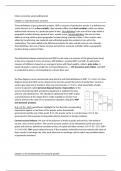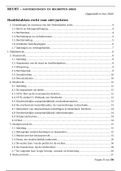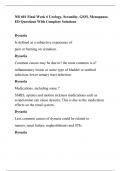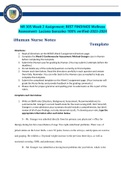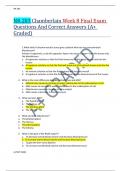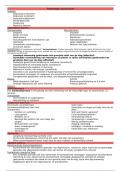Samenvatting
macro boek samenvatting eur
- Instelling
- Erasmus Universiteit Rotterdam (EUR)
De samenvatting van het boek over macro-economie biedt een helder overzicht van fundamentele concepten in de nationale economie. Het behandelt onderwerpen zoals economische groei, werkloosheid, inflatie, en beleidsinstrumenten zoals monetair en fiscaal beleid. De samenvatting verkent macro-economis...
[Meer zien]
